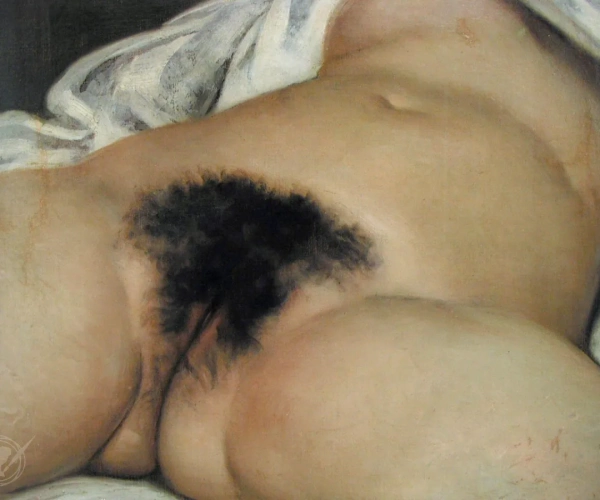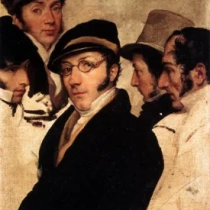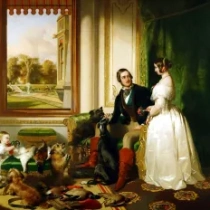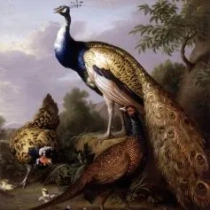The origin of the world
Gustave Courbet's "The Origin of the World" is a striking and provocative piece that challenges societal norms and perceptions of female nudity in art. Created in 1866, the painting boldly presents a close-up view of a woman's genitalia, an unprecedented depiction at the time. Courbet's choice to focus so intimately on the female body challenges traditional representations of women in art and highlights his commitment to capturing realism without embellishment or idealization.
By presenting the viewer with such a raw and unapologetic portrayal of the female body, Courbet forces us to confront our preconceived notions of eroticism, beauty, and the female form. The hyperrealism of the painting draws attention to the physical and visceral nature of human existence, removing the veil of romanticism commonly associated with depictions of nude women in art.
Furthermore, "The Origin of the World" becomes a statement on the power dynamics between the artist, subject, and viewer. Courbet's deliberate choice to depict the female body in such a bold and unapologetic manner positions the subject as an active and assertive force, challenging the historical passive portrayal of women in art.
Through this audacious and confrontational work, Courbet ignites a dialogue about the representation of the female body in art and society, ultimately challenging viewers to reevaluate their perceptions of sensuality, beauty, and agency.







No Comments Yet...